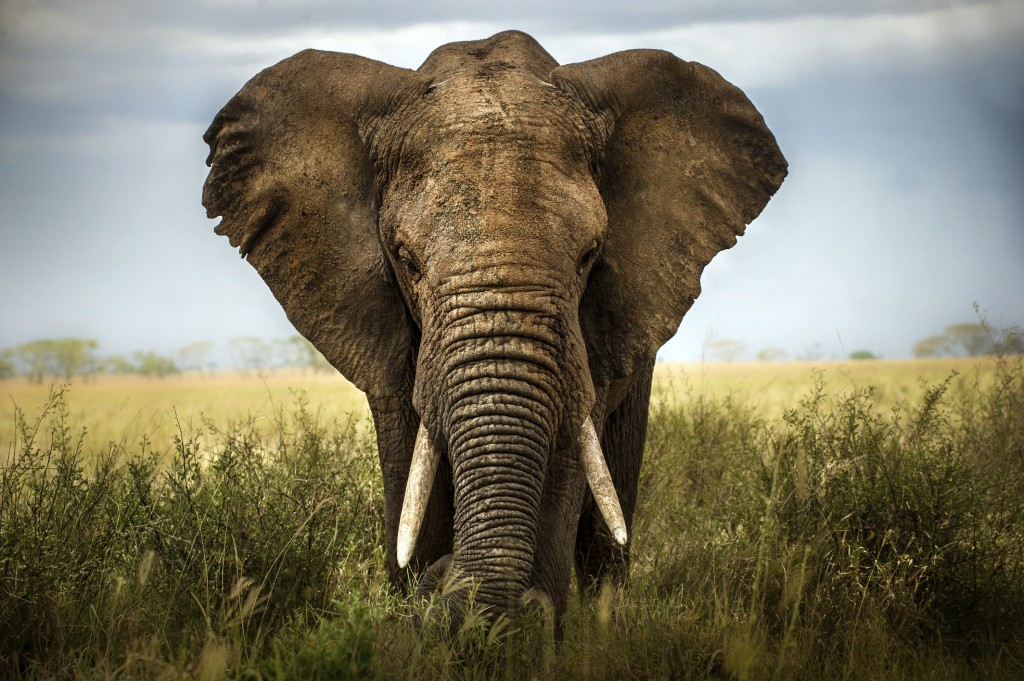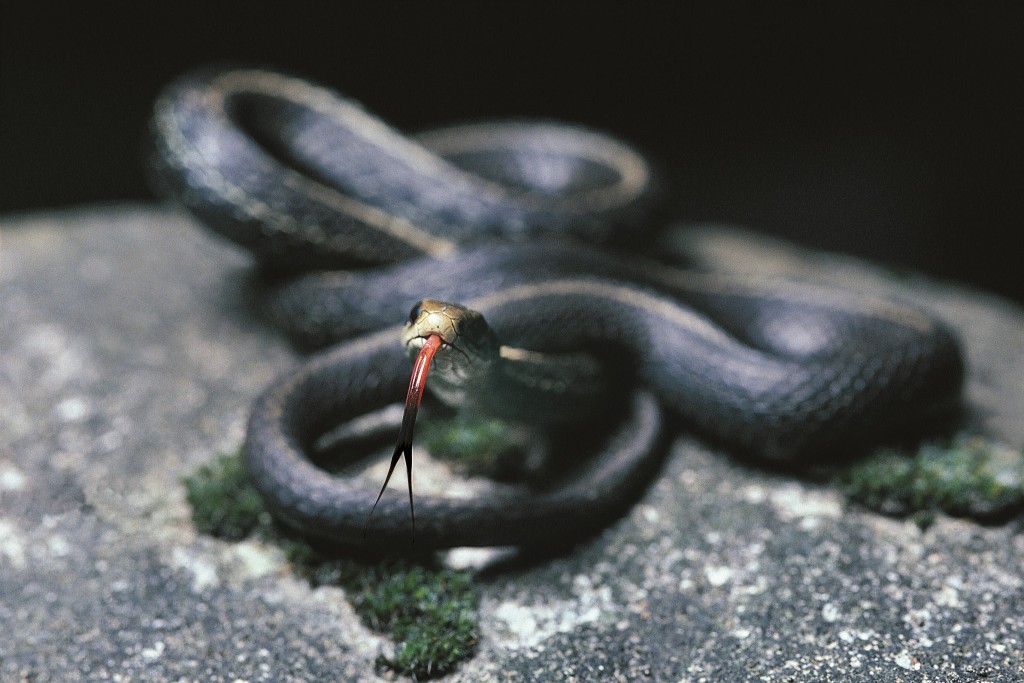![]() – To air from Monday to Thursday at 10 pm –
– To air from Monday to Thursday at 10 pm –
New Delhi, April 07, 2015: Have you ever wondered why an elephant has huge ears? Why the snake has a split tongue? Why an alligator uses low-pitch rumbles to make the water around them dance and what it is like to be a bat and to see with sound? Animal Planet’s new series SUPER SENSES will reveal why some animals have strange looking sense organs.
Animals use sight, smell, taste, touch, hearing and other special senses to negotiate their way through a sometimes cruel and unforgiving world. Every feature has a special purpose that has evolved to ensure the survival of the animal. Just like humans, animals rely on their senses to communicate with each other, find their way around, stay safe and most importantly, to find food. The antennae of a butterfly which up close look like feathers, the sensory cells on a crocodile’s skin – these evolutionary traits aren’t just for decoration. In fact, the size, shape and location of these animal’s sense organs is all for a purpose. SUPER SENSES will give a deep insight into the amazing abilities that animals have, with a focus on vision, sound, taste, touch and scent.
Starting April 13, SUPER SENSES will air Monday to Thursday at 10 pm only on Animal Planet.
The series will reveal how caribou use UV light to avoid wolves, how nocturnal animals can see in pitch-darkness and how sperm whales’ magnetic superpower senses help in distance migrations. The viewers will discover how seeing in slow motion gives dragonfly an advantage to make its kill. It will also showcase how elephant trunks are responsive to touch, that they are capable of receiving pressure differences as low as zero point zero one in depth, and their sensory cells can pick up on the tiniest vibrations.
The episode line-up includes:
Sixth Sense: Sensitivity to the earth’s electromagnetic fields, or to weather pressure, can be used to aid navigation. Some animals can predict earthquakes. Predators put these senses to lethal use: vampire bats detect the infra-red radiation of blood, and rattlesnake sees a ‘heat picture’ of its victim.
Sight: A vulture can spot a carcass from a great distance, the four-eyed fish can see above and below water simultaneously, a fly’s multi-faceted eye sees a very different world than a human eye, while other insects can see into ultra-violet light. And lions have an area on the retina which actually empathizes with their prey.
Sound:Human ears have a limited range and are deaf to a low-register elephant conversation or the high-pitched squeaking of mice. Whales use sonar to communicate across hundreds of miles of sea, while spiders listen out for the wingbeats of prey and the kangaroo rat has hearing so sensitive that it can hear the rattlesnake’s strike—and avoid it. Birds, meanwhile, use sounds to detect changes in the weather and as an aid to navigation.
Scent: Smell is invaluable in hunting, protecting a species, mating, and navigation. Petrels use it to find fish in the open sea, springboks emit an ‘alarm’ odour to warn the herd of a predator, salamanders inject their females with aphrodisiac, and a salmon’s epic journey across the ocean to spawn and die is achieved through its sense of smell.
Sense of Timing: Courting, egg-laying, hibernation—the cycles of the earth, moon, and sun are the rhythms which govern all life. Every animal’s perception of time varies, according to its heart rate. A shrew lives 30 times faster than an elephant, so time appears to pass more slowly. Also shown is the rare 17-year eruption of the US cicada.
Making Sense: Each animal has a unique view of the world derived from a combination of different senses. The mind creates mental maps for navigational skills, which can also be affected by genetic programming. Other super-senses have resulted from the need to hunt or avoid becoming a meal. The mind decides what skills it needs to survive.
About Animal Planet
Animal Planet is the world’s only brand that immerses viewers in emotional, engaging and passionate content devoted to animals – from wildlife to pets. Animal Planet connects humans and animals with rich, deep content and offers animal lovers access to entertainment, information and enrichment. Animal Planet launched in Asia Pacific in 1998 and is currently distributed to 183 million subscribers in the region.


